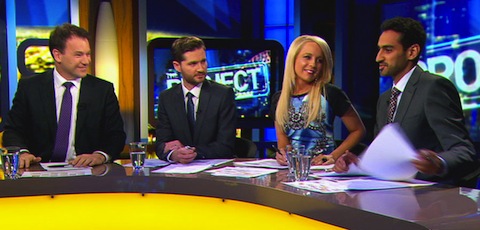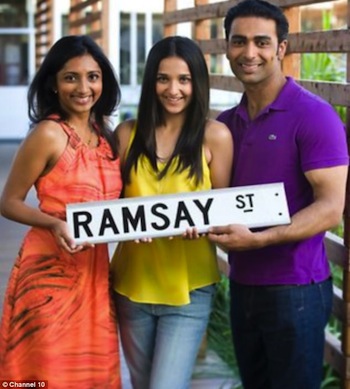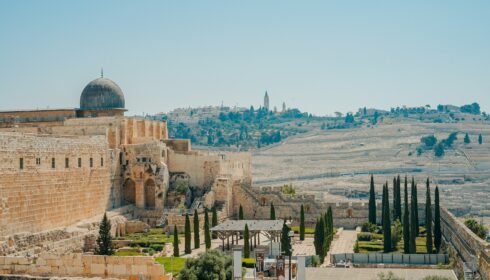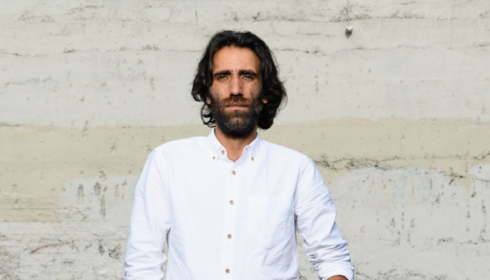
By Mabel Kwong
The lack of cultural diversity in Australia’s mainstream media has long been lamented. In recent encouraging signs, sprinklings of ethnic faces have emerged within this broadcast landscape. For instance: Australians of Asian descent have prominently featured as contestants on local reality television programs; newsreaders from Greek backgrounds are a frequent sight on national news bulletins; popular drama Neighbours welcomed an Indian family into their cast in 2011.
However, a considerable number of ethnic minority characters in Australian commercial media are frequently depicted – in positive, non-discriminatory fashion – as exuding “Caucasian” rather than “ethnic” façades.
Grammatically correct, Anglo-accented English tends to be spoken by many ethnic minorities portrayed in Australian mainstream media. Take for example: MasterChef runner-up Chinese-Australian Poh Ling Yeow and Korean-Australian winner of The X-Factor Dami Im both speak fluent English with the Aussie accent. This is also the case with prime time news presenters Helen Kapalos and George Donikian, both of Greek descent.
Often, it is the “assimilated minorities” who tend to be featured in the media over those who sound or are considered “foreign”. Surely not all Australians speak with the Australian accent. The 2011 Census shows 26 per cent of Australians are born overseas; a not insignificant proportion of this segment of the population must speak English with non-Anglo accents.
… a substantial proportion of Australians still adamantly identify with the Digger myth of a shared “unique [white] people and culture”.
Secondly, those from culturally and linguistically diverse (CALD) backgrounds who are fair-skinned tend to be featured more than their darker-skinned counterparts in Australian mainstream media. The Asian-Australians featured on the reality shows and newsreaders mentioned above possess relatively light complexions, with their skin colour closer to that of the average person of Anglo-descent compared to someone of African heritage.
Popular Australian dramas frequently grant the spotlight to Anglo-European minority races as opposed to other races. In the late 1980s, sitcom Acropolis Now showcased Greeks in protagonist roles. Neighbours had the Italian Cammeniti family on-screen for almost a decade. However, the Indian family this drama introduced has since been written out. Australian broadcaster and author Waleed Aly of Middle Eastern background and appearance has regular guest co-host stints on commercial current affairs and infotainment program The Project. This is only a start.
Why aren’t ethnic minorities who speak with non-Anglo accents and possess darker complexions showcased more regularly in Australian commercial media? Is there an underlying fear that the Aussie-accented speaking demographic might not understand ethnic-accented speech on telly and radio? Do Australians feel threatened by migrants and shun their presence? The 2013 Scanlon Social Cohesion report shows 42 per cent of Australians harbour negative feelings towards immigration in a time of rising unemployment and economic instability. Consequently, a substantial proportion of Australians still adamantly identify with the Digger myth of a shared “unique [white] people and culture”.
Or perhaps ethnic minorities with accented speech lack the confidence to articulate themselves in English, often their second language, and so hesitate to appear in the media. A recent study shows working professional immigrants in Australia feel stressed socialising with colleagues who are fluent in English, desiring and struggling to get the “tone right”.
Moreover, according to the 2011 Census, the top ten ancestries in Australia primarily encompassed those that generally possess fair skin, for instance people of Chinese, Vietnamese and Malaysian descent. Maybe there is a lack of dark-skin minorities Down Under putting their hands up to get involved in the media.
Contrasting representations will inevitably serve to signify that migrants are every bit Australian and part and parcel of Australia’s social fabric with their unique cultural identities.
At times, it does not hurt to pigeonhole minorities into typecast roles as stereotyping plays a part in sustaining cultural traditions. However, one can argue the more CALD groups assume stereotypical roles in the media and speak with ethnic accents, the more likely Caucasian-Australian audiences are to perceive this demographic as nothing more than groups that perpetuate laughable cultural stereotypes. To soften such presumptions, it is essential for CALD-Australians to be cast not only alongside first and second language English speaking Caucasian and CALD Australians, but also in stereotypical and non-stereotypical roles. Contrasting representations will inevitably serve to signify that migrants are every bit Australian and part and parcel of Australia’s social fabric with their unique cultural identities.
Increasing the number of dark-skinned characters on television and radio, or “normalising” the presence of minorities in the media, serves to make this demographic familiar to the general Australian public. With patience and careful listening, there is no reason why Australians cannot learn to comprehend minorities’ perspectives in the media. Many of us successfully get around in foreign countries on overseas trips by listening intently to non-Anglo accented directions from the locals, so surely we can do this at home too.
It is important for Australia to stop ignoring accented, dark-skinned ethnic minorities and start appreciating the intriguing voices they can offer. Ultimately, Australia is a migrant country and it is time we start cultivating an inclusive, diverse mainstream media.




